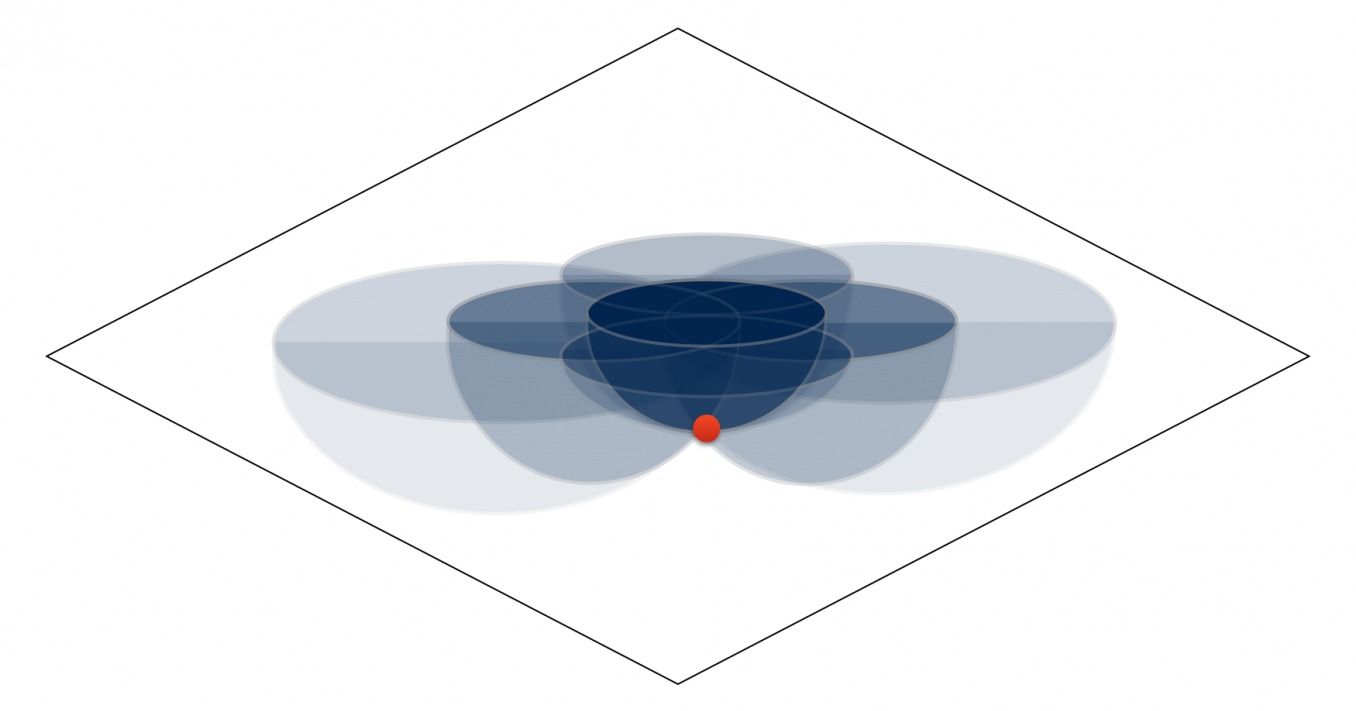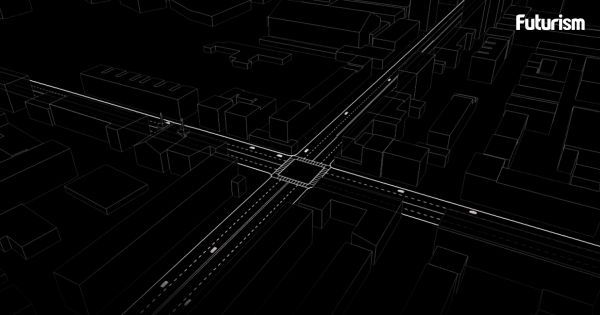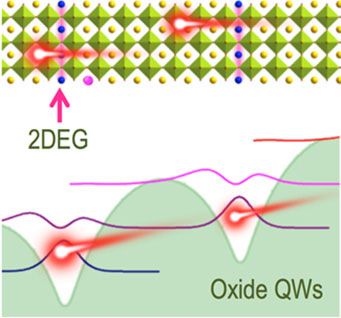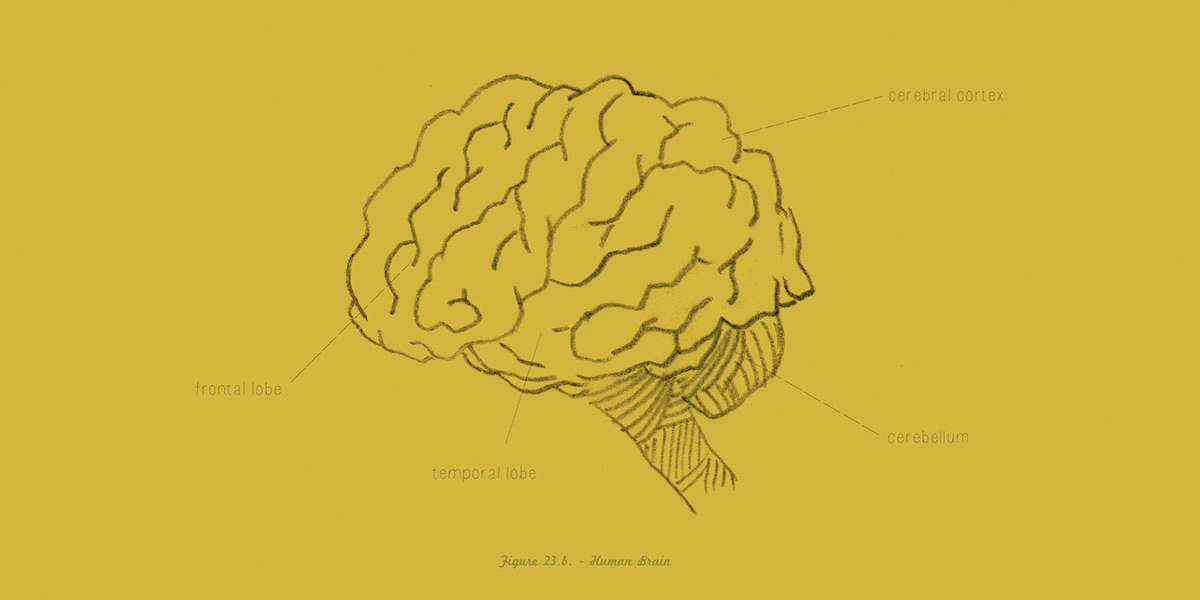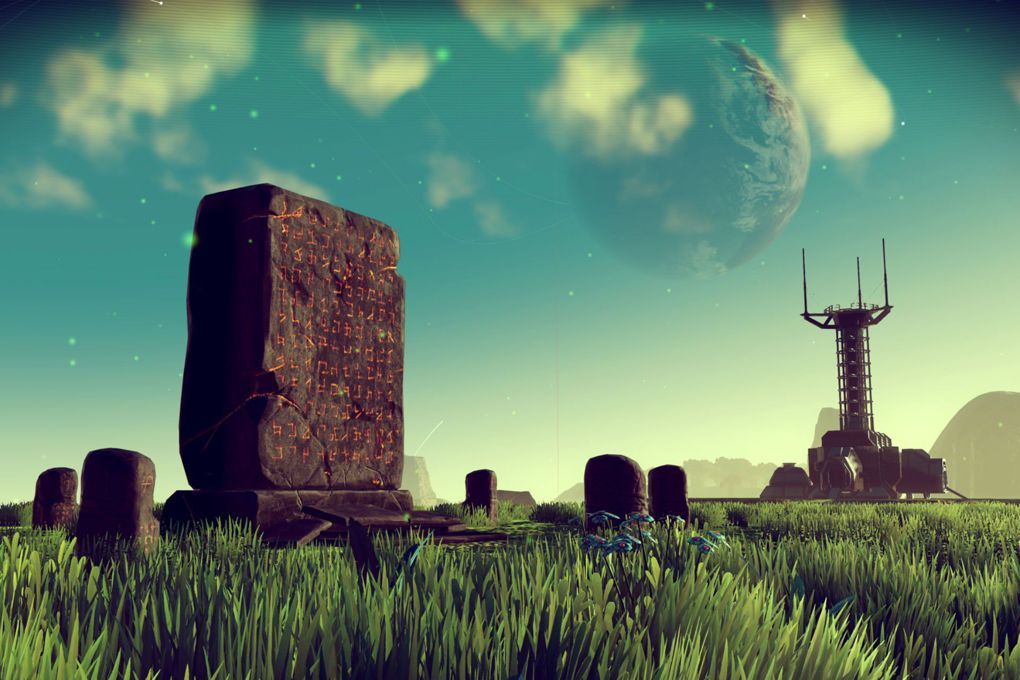The hard problem of consciousness must be approached through the ontological lens of 20th century physics, which tells us that reality is information theoretic and quantized at the level of Planck scale spacetime. Through careful deduction, it becomes clear that information cannot exist without consciousness – the awareness of things. And to be aware is to hold the meaning of relationships of objects within consciousness – perceiving abstract objects, while enjoying degrees of freedom within the structuring of those relationships. This defines consciousness as language – a set of objects and an ordering scheme with degrees of freedom used for expressing meaning. And since even information at the Planck scale cannot exist without consciousness, we propose an entity called a “primitive unit of consciousness”, which acts as a mathematical operator in a quantized spacetime language. Quasicrystal mathematics based on E8 geometry seems to be a candidate for the language of reality, possessing several qualities corresponding to recent physical discoveries and various physically realistic unification models.

